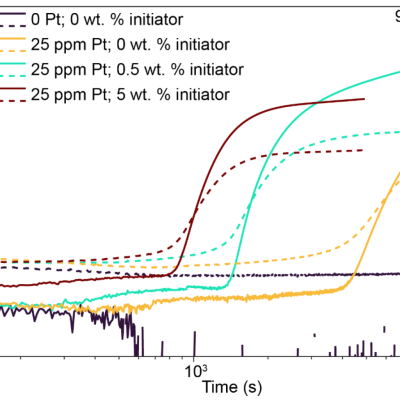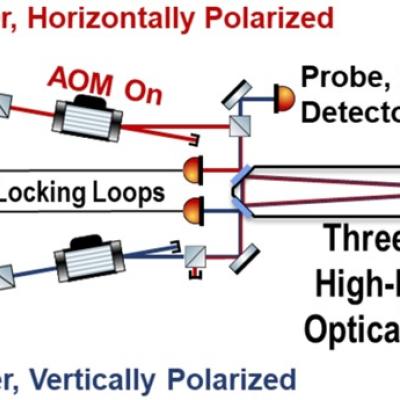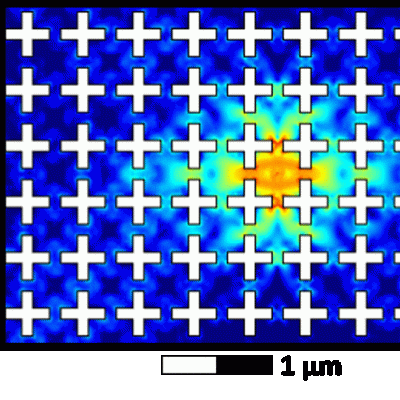LLNL researchers have developed a TDLAS-based, standalone, real-time gas analyzer in a small form-factor for continuous or single-point monitoring. The system can analyze multiple gases with ultra-high sensitivity (ppm detection levels) in harsh conditions when utilizing wavelength-modulation spectroscopy (WMS).
Keywords
- Show all (100)
- Synthesis and Processing (20)
- Additive Manufacturing (9)
- Imaging Systems (9)
- Photoconductive Semiconductor Switches (PCSS) (9)
- Semiconductors (7)
- Materials for Energy Products (6)
- Data Science (5)
- Optical Switches (5)
- Cybersecurity (4)
- Material Design (4)
- Power Electronics (4)
- 3D Printing (2)
- Analysis (2)
- Computing (2)
- Electric Grid (2)
- Instrumentation (2)
- Membranes (2)
- Particle Accelerators (2)
- Simulation (2)
- (-) Spectrometers (2)

The approach is to use peroxides to modify the reaction kinetics in the production of polysiloxanes. A radical initiator in the presence of a hydride-terminated polysiloxane will increase the rate of curing and reduce manufacturing costs. At a minimum a formulation would contain a hydride-terminated polysiloxane, a platinum catalyst, and an initiator that generates radicals. …

LLNL’s novel approach combines 2-color spectroscopy with CRDS, a combination not previously utilized.

LLNL has developed a method of extending device lifetimes by imprinting into the device a shape that excludes specific vibrational modes, otherwise known as a phononic bandgap. Eliminating these modes prevents one of the primary energy loss pathways in these devices. LLNL’s new method enhances the coherence of superconducting circuits by introducing a phononic bandgap around the system’s…


